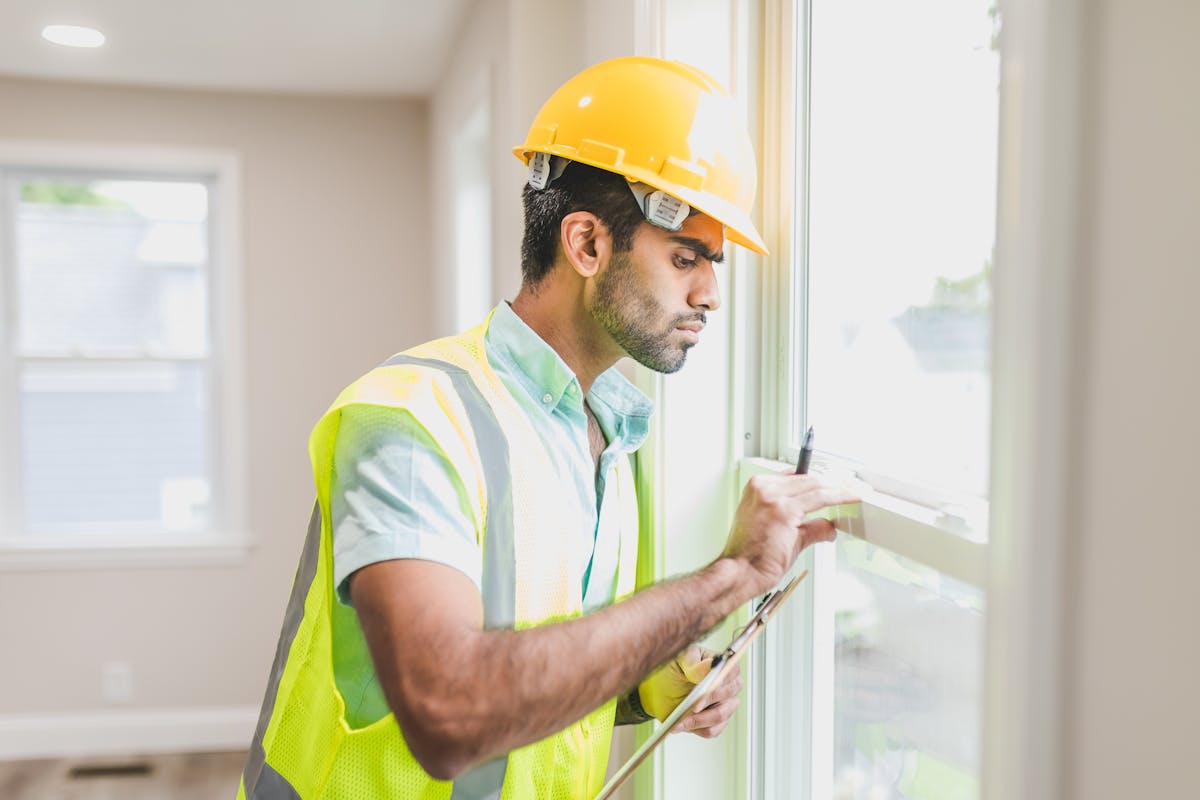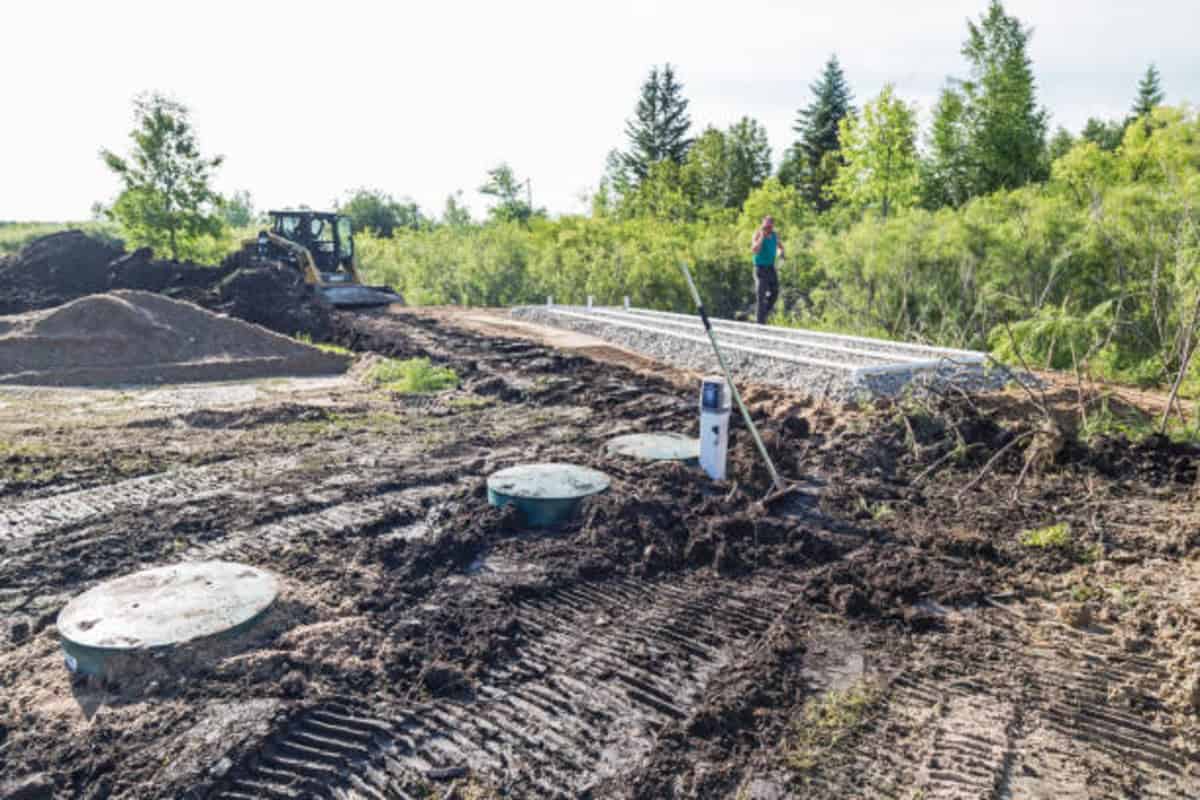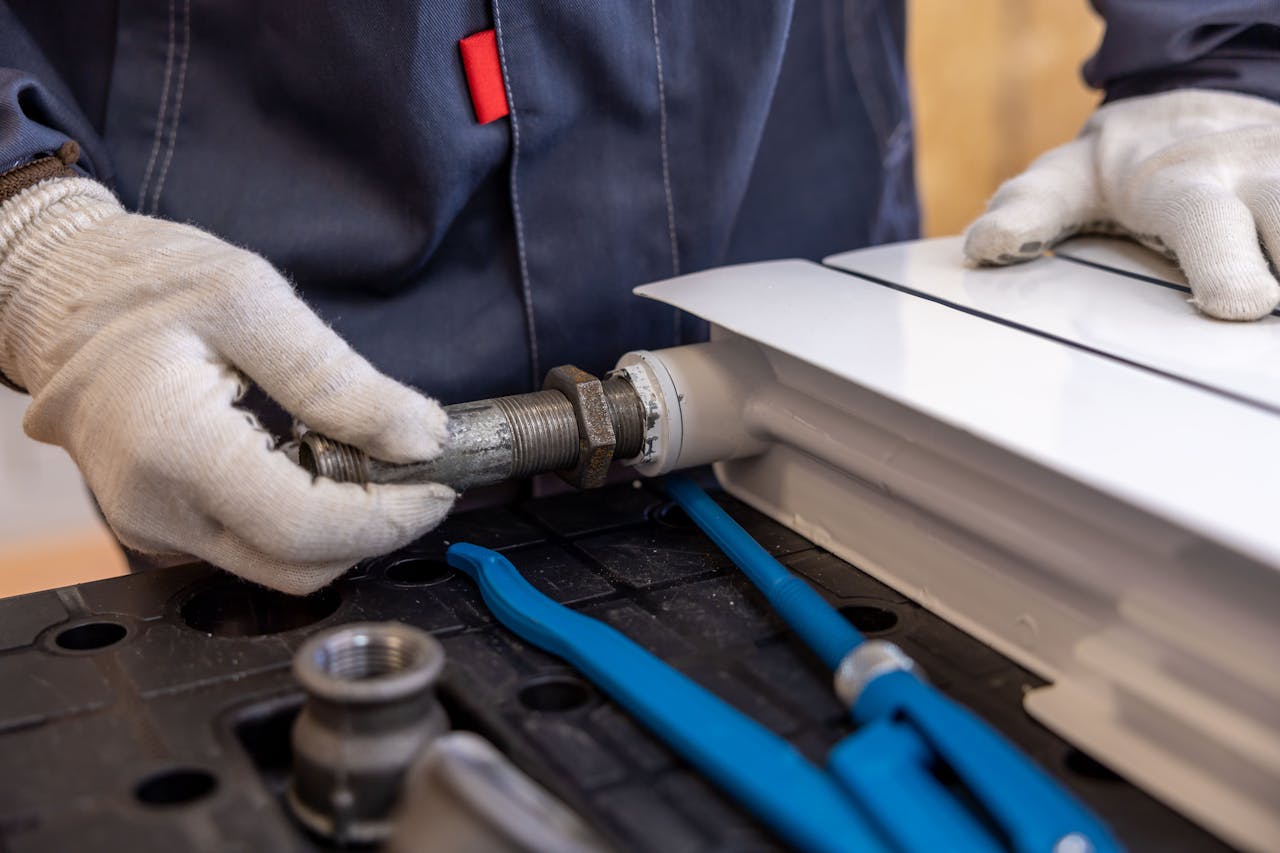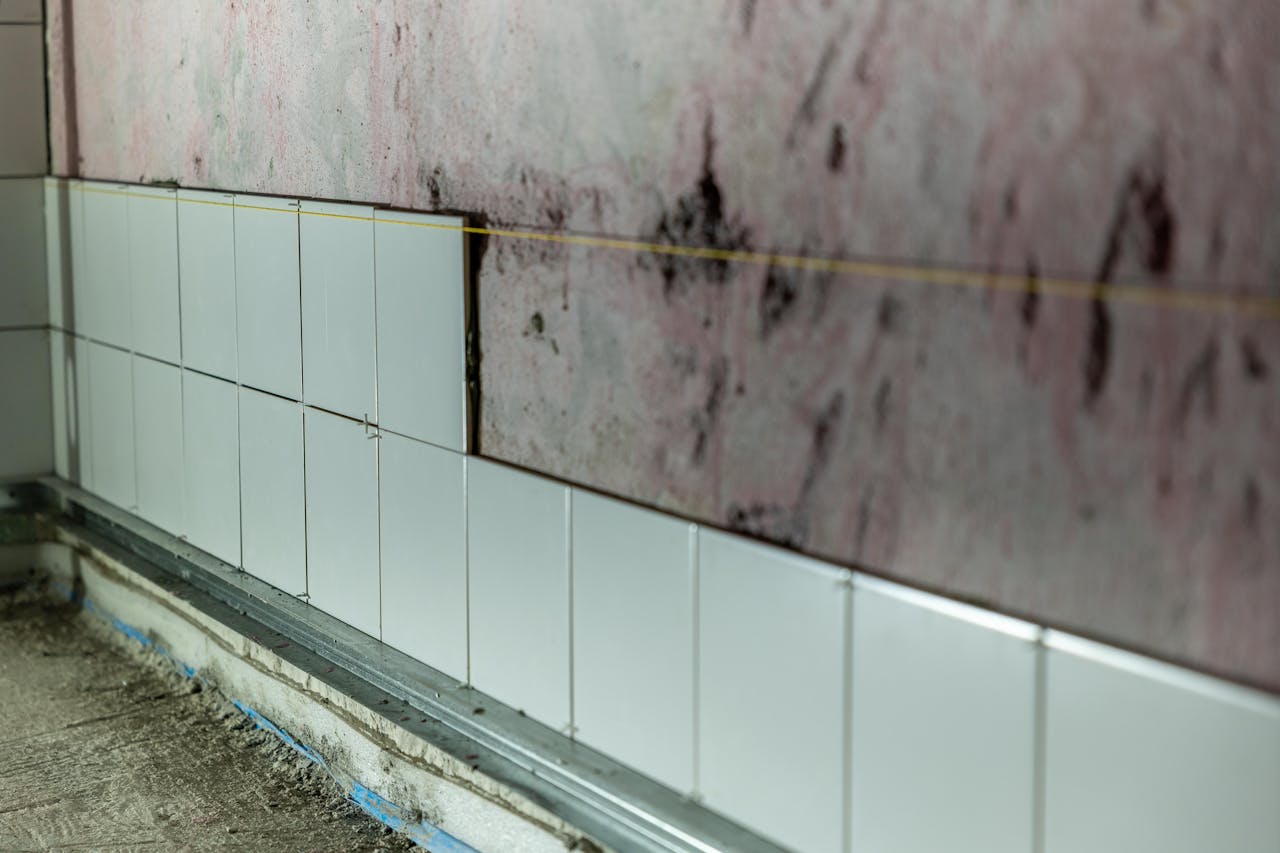by Flinn Inspections
Share
by Flinn Inspections
Share
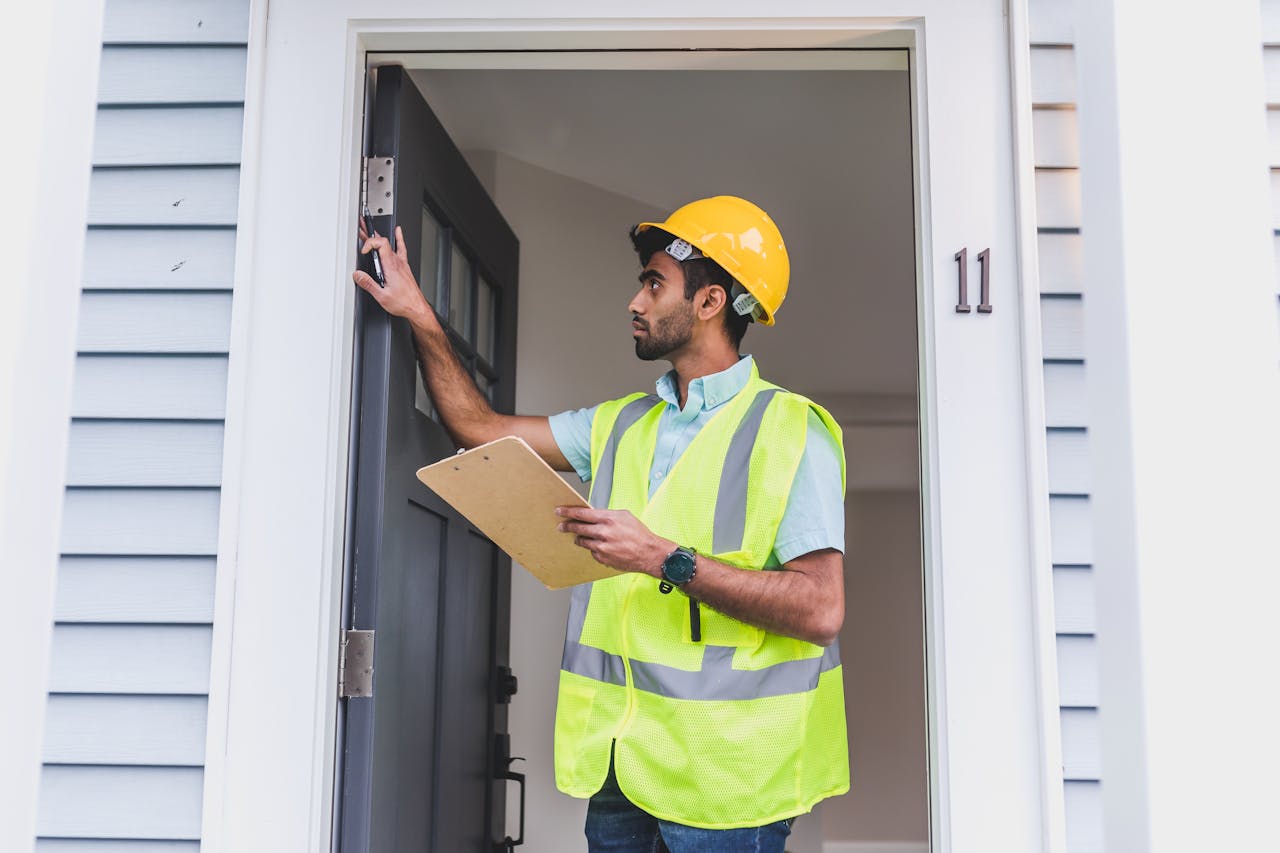
Introduction to Mold Inspection and Testing
Mold is one of those household problems that many homeowners underestimate until it gets out of control. In 2025, mold growth has become even more of a concern thanks to rising humidity levels, tighter home constructions that trap moisture, and increased awareness about indoor air quality. Ignoring mold can lead to serious health problems like allergies, asthma, and respiratory infections. It can also damage your property’s structure and reduce its value. That’s why regular mold inspection and testing is no longer optional, it’s essential.
What is Mold and Why Does It Grow?
Mold is a type of fungus that thrives in damp, dark, and warm environments. Some of the most common household molds include Aspergillus, Cladosporium, and Stachybotrys (black mold). Mold reproduces through tiny spores that float through the air and settle on surfaces.
For growth, mold needs just three things: moisture, organic material (like wood or drywall), and warmth. Leaks, condensation, and poor ventilation are often the root causes of mold infestations.
Signs Your Home Might Have Mold
Not all mold is visible. Here are some common signs:
- Visible patches: Green, black, or white spots on walls, ceilings, or furniture.
- Musty odors: That earthy smell is often a giveaway.
- Health issues: Persistent coughing, sneezing, headaches, or skin irritation among family members.
- Hidden mold: Mold often lurks behind walls, under flooring, or inside HVAC ducts.
Why Mold Inspection Matters
Hiring professionals for mold inspection isn’t just about peace of mind it’s about protection.
- Family health: Mold exposure can worsen asthma and cause serious respiratory issues.
- Property value: Homes with mold problems lose market appeal and resale value.
- Insurance and legal requirements: Some insurance companies require inspections before covering water or mold damage claims.
DIY Mold Detection vs. Professional Testing
You’ve probably seen DIY mold test kits online. While these can be useful for surface-level checks, they aren’t always reliable.
- DIY kits: Cheap and quick, but often inaccurate because they can’t identify mold type or quantity.
- Professional testing: Provides lab-verified results, detailed reports, and expert recommendations.
- Costs: While professionals cost more, the accuracy and peace of mind are worth it, especially for serious infestations.
Step-by-Step Mold Inspection
A mold inspection usually follow portions of the following:
- Visual inspection: Checking walls, ceilings, basements, and attics for signs of mold.
- Moisture detection: Using meters to find damp spots that may be feeding mold.
- Thermal imaging: Detecting hidden leaks and water intrusion behind walls.
- Air sampling: Collecting air samples to measure mold spore levels.
- Surface swabs: Testing suspicious surfaces.
- Lab analysis: Sending samples to a certified lab for confirmation.
Tools and Equipment Used in Mold Testing
Professional inspectors use high-tech equipment such as:
- Moisture meters: To detect hidden leaks.
- Thermal cameras: To see behind walls.
- Air pumps and cassettes: To capture airborne mold spores.
- HEPA vacuums: To reduce contamination during testing.
Understanding Mold Testing Results
When your report arrives, it might look confusing with scientific terms and spore counts.
- Spore counts: The higher the count, the more severe the infestation.
- Type identification: Some molds are harmless, while others (like Stachybotrys) are dangerous.
- Safe levels: A home should not have indoor mold levels higher than outdoor air.
Common Places Mold Hides in Homes
Mold has a sneaky way of settling where you least expect it. Some hotspots include:
- Bathrooms & kitchens: Due to moisture from showers and cooking.
- Basements & crawl spaces: Poor ventilation makes them prime spots.
- Attics: Roof leaks or poor insulation can lead to hidden mold.
- HVAC systems: Mold can circulate through ducts and spread across the house.
Costs of Mold Inspection and Testing in 2025
Prices vary depending on home size, location, and testing methods.
- Average costs:$350 to $900 for inspections.
- Factors: Larger homes, severe infestations, or multiple sampling methods increase costs.
- Tip: Always request a detailed written estimate before hiring an inspector.
What to Do If Your Home Tests Positive for Mold
Don’t panic, mold can be handled.
- DIY cleanup: Small areas (under 10 sq. feet) can often be cleaned with mold removers.
- Professional remediation: For larger infestations, hire certified experts who follow safety protocols.
- Prevention: Fix leaks, dry wet areas quickly, and monitor humidity levels.
Mold Prevention Tips for Homeowners
The best defense against mold is prevention.
- Control humidity: Keep indoor humidity between 30-50%.
- Ventilate properly: Use exhaust fans in kitchens, bathrooms, and laundry rooms.
- Maintain your home: Fix leaks immediately, clean gutters, and inspect your roof.
- Regular cleaning: Prevent dust and dirt buildup that can trap moisture.
Legal and Insurance Aspects of Mold
Mold problems can create legal headaches.
- Homeowner responsibilities: You are responsible for maintaining your property and preventing mold growth.
- Insurance: Not all policies cover molde specially if caused by neglect.
- Selling your home: Laws often require disclosure of known mold issues to potential buyers.
Choosing the Right Mold Inspection Company
Not all inspectors are created equal. Here’s what to check:
- Certifications: Look for Inspectors that use labs that have certifications from organizations like IICRC or NAMP.
- Experience: Years in business matter.
- Questions to ask: What methods do you use? How long before I get results?
- Red flags: Avoid inspectors who also offer remediation; it’s a conflict of interest.
Conclusion
Mold inspection and testing may not be the most exciting part of homeownership, but it’s one of the most important. By catching mold early, you protect your health, your family’s well-being, and your investment in your property. In 2025, with indoor air quality gaining attention, mold inspections are becoming as routine as HVAC or roof checks. Stay proactive, and you’ll keep your home safe, healthy, and mold-free.
FAQs
Q: How often should I get my home inspected for mold?
A: Every 1–2 years, or immediately after water damage or leaks.
Q: Can mold grow back after removal?
A: Yes, if the moisture problem isn’t fixed, mold can return.
Q: Are DIY mold tests reliable?
A: They can give clues, but they’re less accurate than professional inspections.
Q: Is all mold dangerous?
A: Not all mold is toxic, but any mold in large amounts can trigger allergies or asthma.
Q: What should I do if I find black mold in my home?
A: Contact a certified mold remediation professional immediately.
STAY IN THE LOOP
Subscribe to our free newsletter.
Introduction When you’re building a new home, it’s easy to assume everything is going smoothly behind the scenes. But before those walls are sealed with drywall, there’s one crucial step you shouldn’t skip — the pre-drywall inspection checklist. This inspection ensures that the “bones” of your home — plumbing, wiring, framing, and more — are […]
Your septic system might seem like a “set it and forget it” feature, but it’s deeply connected to the world beneath your feet. Weather and Soil conditions affect your septic system. From heavy rains that flood your drain field to freezing temperatures that cause pipes to burst — Mother Nature plays a major role in […]
Introduction A home inspection is like a health check-up for a property. It uncovers hidden problems and ensures buyers know exactly what they’re investing in. Among the most critical areas of a home inspection is the heating system. A malfunctioning or outdated system doesn’t just impact comfort—it can increase energy bills, cause safety hazards, and […]
Introduction Mold in your home isn’t just unsightly, it can be a silent health hazard. Many homeowners think of mold as a cosmetic or property issue, but its impact goes far beyond that. Removing mold not only makes your home safer but also improves your overall well-being in ways you may not expect. Let’s dive […]


